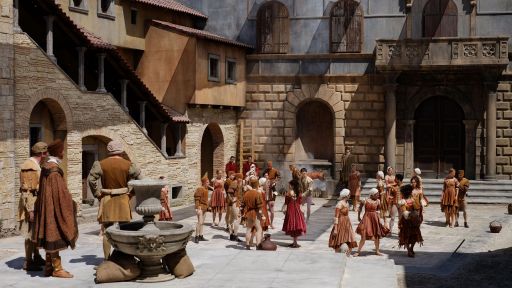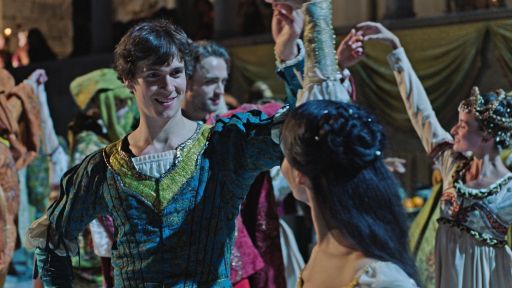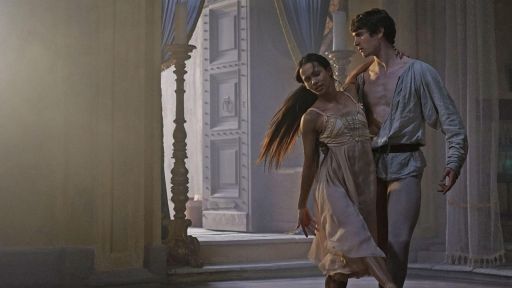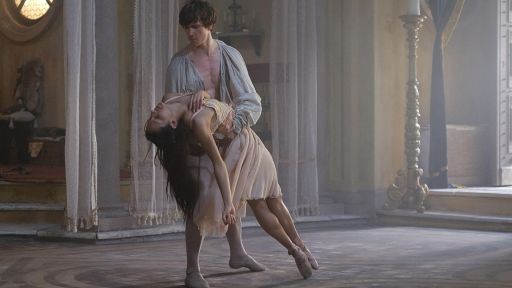By Michael Nunn and William Trevitt
Kenneth MacMillan’s Romeo and Juliet was one of the first ballets that we performed in as young dancers with The Royal Ballet. We had always shared interest in photography, an interest which evolved into filmmaking and which has been a defining feature of all the work that we’ve created since then. After making our first full-length film Young Men in 2015, we talked about what to do next and the idea of turning Kenneth MacMillan’s Romeo and Juliet into a feature film kept returning.
His production is undeniably one of absolute genius. MacMillan’s skilful story-telling and attention to detail in the choreography means there is a lot of room for dramatisation and character development. Sergei Prokofiev’s score is also without a doubt one of the most famous classical ballet scores ever written, and Romeo and Juliet is a story everyone has heard of, so it seemed like the perfect choice for a non-dance audience to experience the story on-screen exclusively through the language of dance.

There is a contemporary feel that runs through the ballet which has always appealled to us; although it uses classical ballet steps, the choreography is built around naturalistic acting rather than using traditional ballet mime, so we knew it would work well on-screen. During our time at The Royal Ballet we got to play almost every role in the production and we both found that there is an unparalleled intimacy present in the characters and the steps, one that you only really come to know when you are performing in the production. By bringing cameras close into the action, we hoped we could share this unique experience – audiences would find out what Romeo and Juliet was like from within the production. All these elements led to our decision that this would be the perfect ballet to shoot as a feature-length costume drama on location, to help share classical ballet and Kenneth MacMillan’s genius with a much wider audience.
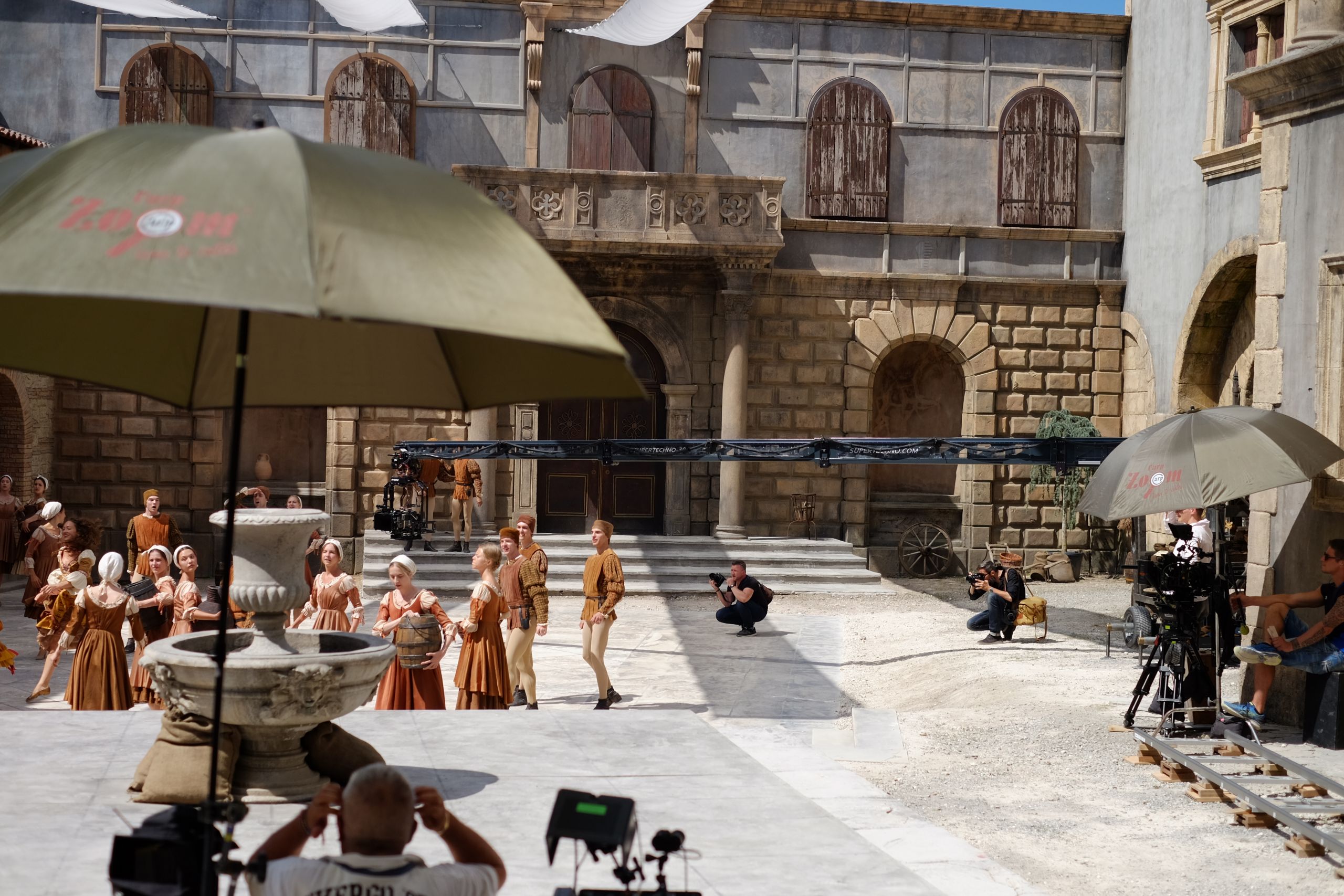
Next, we had to work out what changes had to be made in order to fit the three acts of the stage production into a cinematic 90 minutes. We started by listening to various recordings of the score, as well as reacquainting ourselves with the ballet, so that we could work out which parts weren’t integral to driving the plot forwards. There are a few big, group dance sequences that we could afford to lose because they don’t have much narrative content, and although they look fabulous on the Royal Opera House stage, we felt they would stand out too much as set pieces when shot for a cinema audience. We also slightly condensed the length of the ballet by layering sections of dance so they happen at the same time. This was a liberty we were able to take because we were telling the story through film – using multiple cameras and different angles allowed us to tell more than one storyline at the same time.
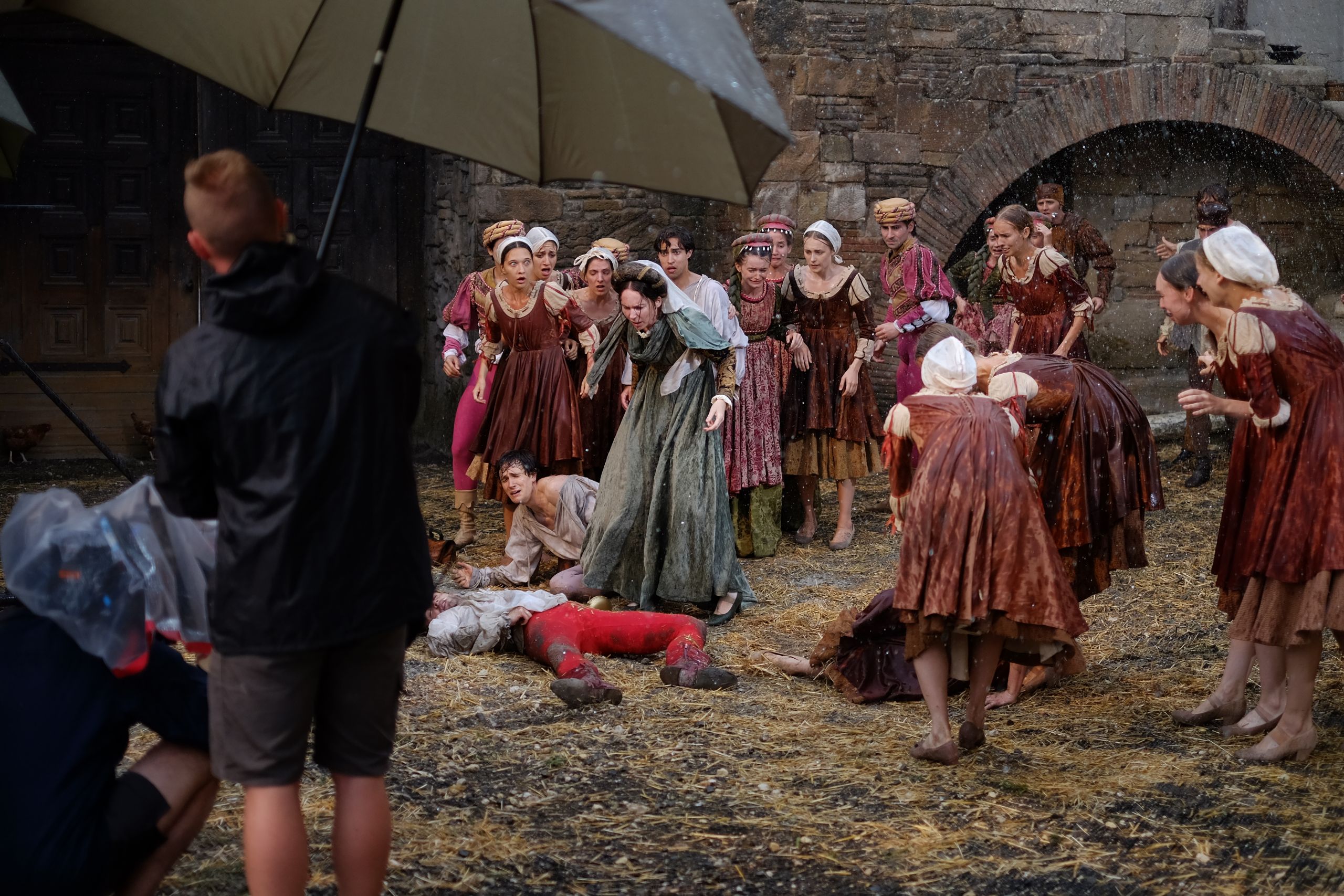
Rehearsing in Covent Garden, London at the Royal Opera House, we re-staged the production to fit in the set that we were having renovated at Korda Studios in Etyek, just outside Budapest, Hungary. We reproduced its floorplan using tape, so that the dancers could get used to the size and scale of the set that they were about to perform in, saving us valuable time once we got to Hungary.
Upon the arrival of the cast in Hungary, the excitement was palpable. The original Georgiadis costumes looked incredible against the backdrops that we had dressed and repainted to look like renaissance Verona, the sprung floor that we had to dig into the ground worked well for the dancers to perform on, and the converted office spaces were perfect for the dancers’ daily morning class.
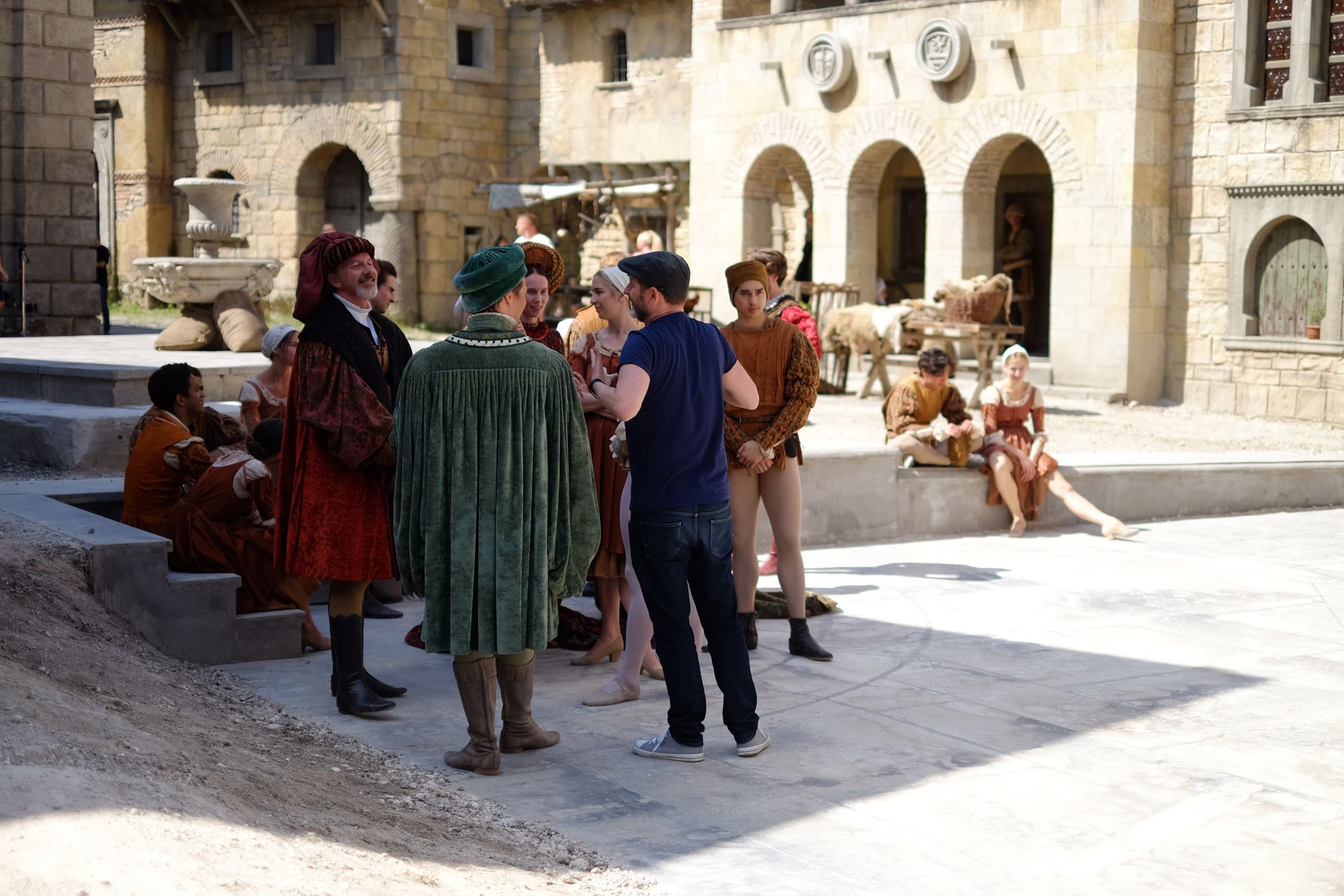
One of the most crucial points for the dancers was that they had to find a new way of performing for the camera that was different from what they were used to at the Opera House, where it’s necessary to project characterisation so that even the audience at the back of the amphitheatre is able to understand the story that’s being told. Now, for our film, they would have to modify their performances to accommodate close-ups shots, and play with the subtleties of their characters for a variety of camera angles. Although we naturally already had high expectations from the Royal Ballet performers, the level of commitment and dedication from every single person on screen was something we weren’t prepared for. The dancers were walking around in their costumes all day amongst donkeys and chickens and dogs, in 35 degree heat through streets that looked like Verona, so the whole experience just started to feel incredibly life-like and real. All the acting on screen became very natural and unforced as a result. Everyone became so invested in the story that we were telling and because we were shooting for long hours, often late into the night, the shoot was an intense period for everyone involved, which only added to the authenticity portrayed on screen. Shooting a film is not easy or glamourous, but the level of commitment to the production that all dancers displayed made the difference between good performances and great performances.

The score was recorded 6 months after we had finished shooting, when the edit of the film was completed. We recorded the score over two days at AIR Studios in Hampstead, London, with the Orchestra of the Royal Opera House, conducted by Koen Kessels. The players were able to see the action on large video screens rather than imagining it from their places in the orchestra pit. The passionate engagement from everyone involved ensured that the finished recording is a work of art in its own right.
We feel the final result holds all the power and intensity of being a member of the cast, caught up in the performance of a lifetime, whilst simultaneously telling the very simple and compelling story of two young lovers, destined for tragedy. It’s not just a ballet, nor is it just a movie, but a whole new way of story-telling, and in making this film we like to believe that we have created an entirely new genre.

